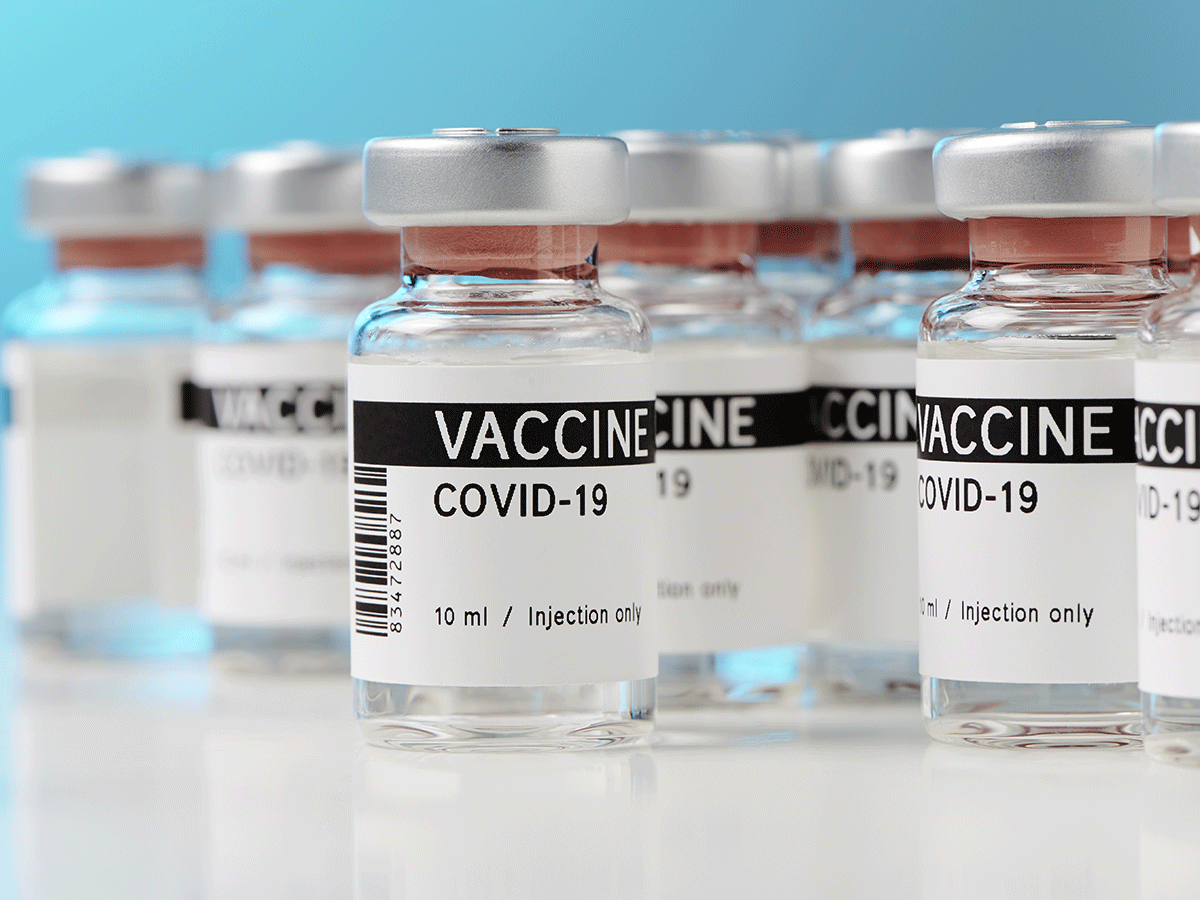
Scientists at the University of Lincoln has successfully synthesized an antibiotic that is capable of killing superbugs. They used this antibiotic for the treatment of infection in mice and this could pave way for the development of the new antibiotic drug in 30 years. This new antibiotic is a simplified form of Teixobactin, a natural antibiotic that was discovered in soil samples in 2015. This is the first proof to show that a simplified version of antibiotic can be used for the treatment of infection. But before we dive into the details lets have a brief understanding of superbugs
What are superbugs?
Superbugs or the drug-resistant bacteria are the strains of bacteria resistant to a wide variety of antibiotics. They are developed due to the excessive use of antibiotics. Antibiotics help control many harmful bacteria and are effective against bacterial infections. But in recent times these drugs are prescribed to people and animals unnecessarily for various health
How did they create the new antibiotic?
Researchers created a synthetic library of simplified versions of Teixobactin by replacing amino acids at particular points in the antibiotic structure. They then tested the potency of the synthetic versions in lab experiments and found to successfully eradicate the superbugs. Then the researchers of Singapore eye research institute used one of the synthetic version for the treatment of bacterial infections in mice. The team observed that the drug not only cleared the infection but also minimised the severity of the infection. They used the antibiotic moxifloxacin as a control in the study.
Also Read: Obesity reduces the sense of taste and lowers taste buds: Study
Future Research
Although much work needs to be done for the successful development of a therapeutic drug for human use, nevertheless this has been a giant step forward in our fight against superbugs. DR. Ishwar Singh, a specialist in novel drug design at Lincoln University opined that it may take around 6 to 10 years before it can be prescribed as a drug by the doctors. Future research would involve expanding the library of simplified synthetic versions of the Teixobactin.
The findings of the Research study are published in the journal Medical chemistry







